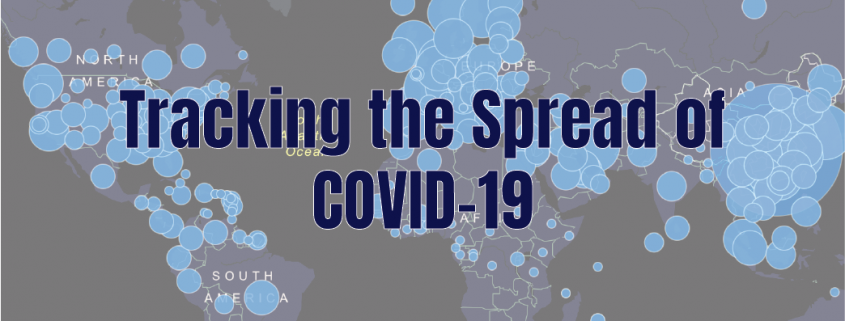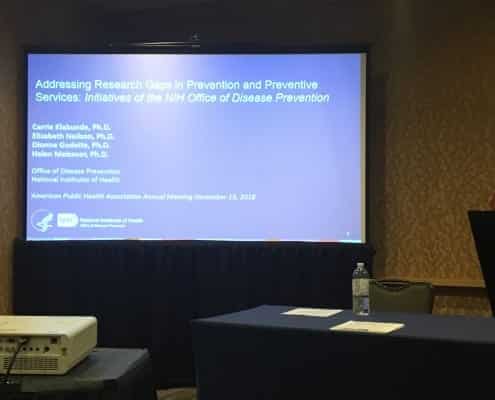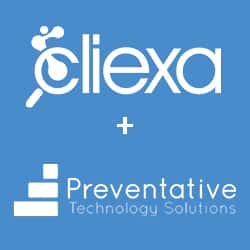The news of Coronavirus skyrocketing in China peaked during the month of January. At this time, the virus seemed so far away from our reality. Quickly, the virus has spread across the world. The testing for COVID-19 has become more advanced by the week and every day we see hundreds if not thousands more confirmed cases. Track the spread of COVID-19 here.
What can we do to prevent the spread of COVID-19?
As a healthy young individual, the most effective thing you can do is stay home and prevent the spread of this potentially deadly virus. Each citizen plays a large role in spreading the virus to others. The American population who are elderly or immunocompromised are at a higher risk for developing symptoms of the COVID-19 virus. Because of this, ALL citizens are at risk of spreading the virus and should take the quarantine seriously.
The CDC’s guidelines for how to prevent the spread of COVID-19 are conservative at this point. Wash your hands frequently and stay away from densely populated areas. This includes restaurants, bars, and stores. To bolster the prevention of the virus, counties in the San Francisco Bay area have placed a “shelter in place” order. Preventative measures like this will likely spread to other large cities in the coming days.
An important resource to note is the CDC’s guidelines for assessing risk in citizens that have potential exposure to the virus. Be sure to know the signs and symptoms of the virus and utilize any local drive-thru testing centers. Many hospitals are allowing at-risk citizens to call their hotline for remote screening of COVID-19. It’s important for citizens to stay up-to-date on recent news and be prepared to stay home in the coming weeks. As the spread of COVID-19 continues to ramp up in the US, it will be important that everyone does their part.
Work from home, avoid crowded areas, and prepare to stay home for at least the next three weeks. Preventing this virus starts with each individual making a choice to change their lifestyle for the better of their communities. The reason that China was able to reduce the spreading of COVID-19 is because they were willing to effectively quarantine.
How can we track the spread of COVID-19 more effectively?
Testing in the United States is slowly climbing. But, because of limited testing kits across the country, hospitals are being sure to utilize tests on only higher-risk citizens. As of now, people who have not been in direct contact with a confirmed case of Coronavirus are considered low-risk. However, citizens living in densely populated areas with high contact should assume that they have been exposed to the virus. Even if they are not tested, low-risk citizens should take all the same precautions as high-risk individuals to decrease the spread of COVID-19.
Digital healthcare technologies have been integral in tracking COVID-19. Here is how some tech companies are helping to control the spread of the virus. cliexa has incorporated the CDC’s risk assessment guidelines into a platform that can compile data and assess the risk of each patient that is worried about their exposure. This platform provides patient-reported data on risk and symptoms to physicians. This helps healthcare professionals better manage the amount of exposure cases across the nation. We are offering free demos of this platform. You can visit our contact page to schedule a time with our team to learn about the COVID-19 screening application offered through the cliexa platform.









